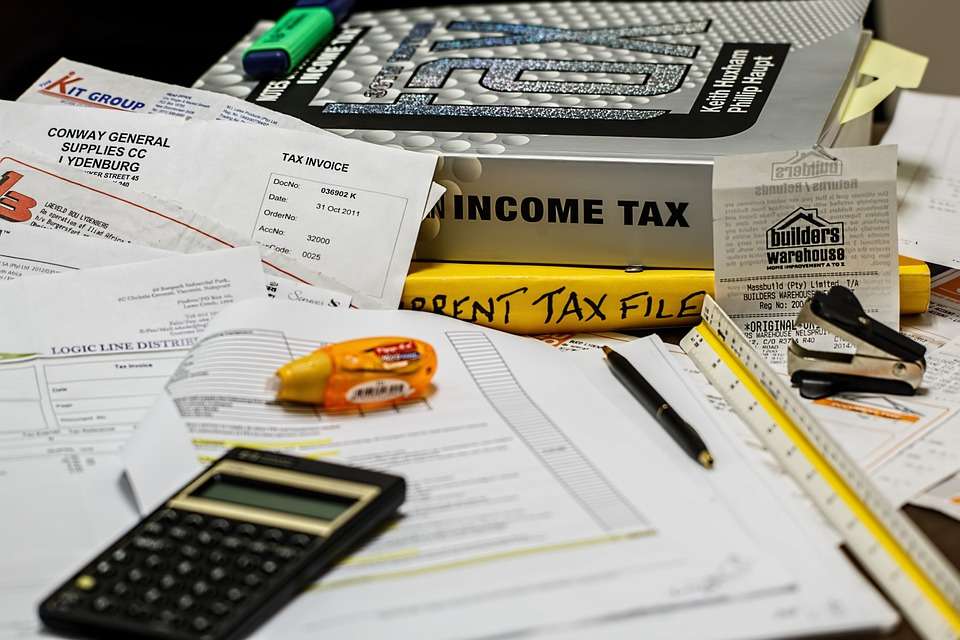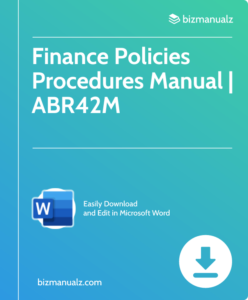Is bad debt an asset or liability? | Bad Debt Definition

When it comes to the world of business, bad debt can be a major issue. It’s important to understand what bad debt is, how it can affect a business, and what can be done to mitigate it. Is bad debt an asset or liability?
What is the Definition of Bad Debt?
A receivable that a customer won’t pay is a bad debt. Anytime a business extends credit to its clients, bad debts are a possibility. They develop when a business gives a consumer too much credit who is unable to pay it back, which leads to a payment that is either missed, decreased, or delayed.
A consumer who misrepresents themselves to obtain a deal on credit and has no intention of ever paying the seller may likewise incur a bad debt. The first scenario is brought on by subpar internal procedures or shifts in a customer’s capacity to pay. The second circumstance results from a client committing deception on purpose.
Types of Bad debt
Bad debt is a type of debt that is unlikely to be repaid. This can happen for a variety of reasons, such as the customer being unable to pay, the customer not responding to receivable payment requests, or the customer refusing to pay. Bad debt is a major problem for businesses, as it can significantly reduce profitability and cash flow.
For example, if a business issues a loan to a customer, but the customer fails to pay it back, the company will not receive any revenue from the loan. As a result, the business will have to write off the loan as bad debt, which reduces the company’s profits and cash flow.
Ways to Mitigate Bad Debt
Fortunately, there are ways to mitigate bad debt. For example, businesses can use credit-scoring systems to assess the risk of a customer before issuing a loan. They can also use debt collection services to try and recover unpaid debts. Additionally, businesses can purchase debt insurance to help protect against the risk of bad debt.
Is Bad Debt classified as an Asset or a Liability
Bad debt is something that all businesses must contend with, and it can be difficult to determine whether it should be classified as an asset or a liability. To make the decision, it’s important to understand what bad debt is and how it affects a business’s finances.
When is Bad Debt Considered a Liability?
Bad debt is money that a business has lent out and is unable to collect. This could be due to a customer’s insolvency, or it could be because the customer is unable or unwilling to pay back the debt. It is important to note that bad debt is different from accounts receivable (AR), which is money that is owed to a business but has not yet been collected.
From a business’s perspective, bad debt is generally considered a liability. This is because bad debt represents a loss of income, as the business will never be able to collect the money that it is owed. Additionally, bad debt can have a negative effect on a business’s balance sheet, as it reduces the amount of money that the business has available to invest or use in other ways.
When is Bad Debt Considered an Asset?
However, there are some cases in which bad debt can be classified as an asset. For example, if a business is able to write off a bad debt, it can be considered an asset and can be used to reduce a business’s taxable income.
Additionally, some businesses might choose to buy bad debt from a third-party in order to collect the debt themselves. In this case, the bad debt can be classified as an asset, as the business is investing in the debt in the hopes of collecting it.
Bad Debt
Bad debt is a major issue for businesses and can significantly reduce profitability and cash flow. Bad debt can be classified as either an asset or a liability depending on the circumstances. Generally speaking, bad debt is considered a liability, as it represents a lost opportunity and reduces the amount of money available to a business.
However, in certain cases, it can be classified as an asset if a business is able to write off the debt or purchase it from a third-party. Fortunately, there are ways to mitigate the risk of bad debt and protect the business from its impact.
















Leave a Reply